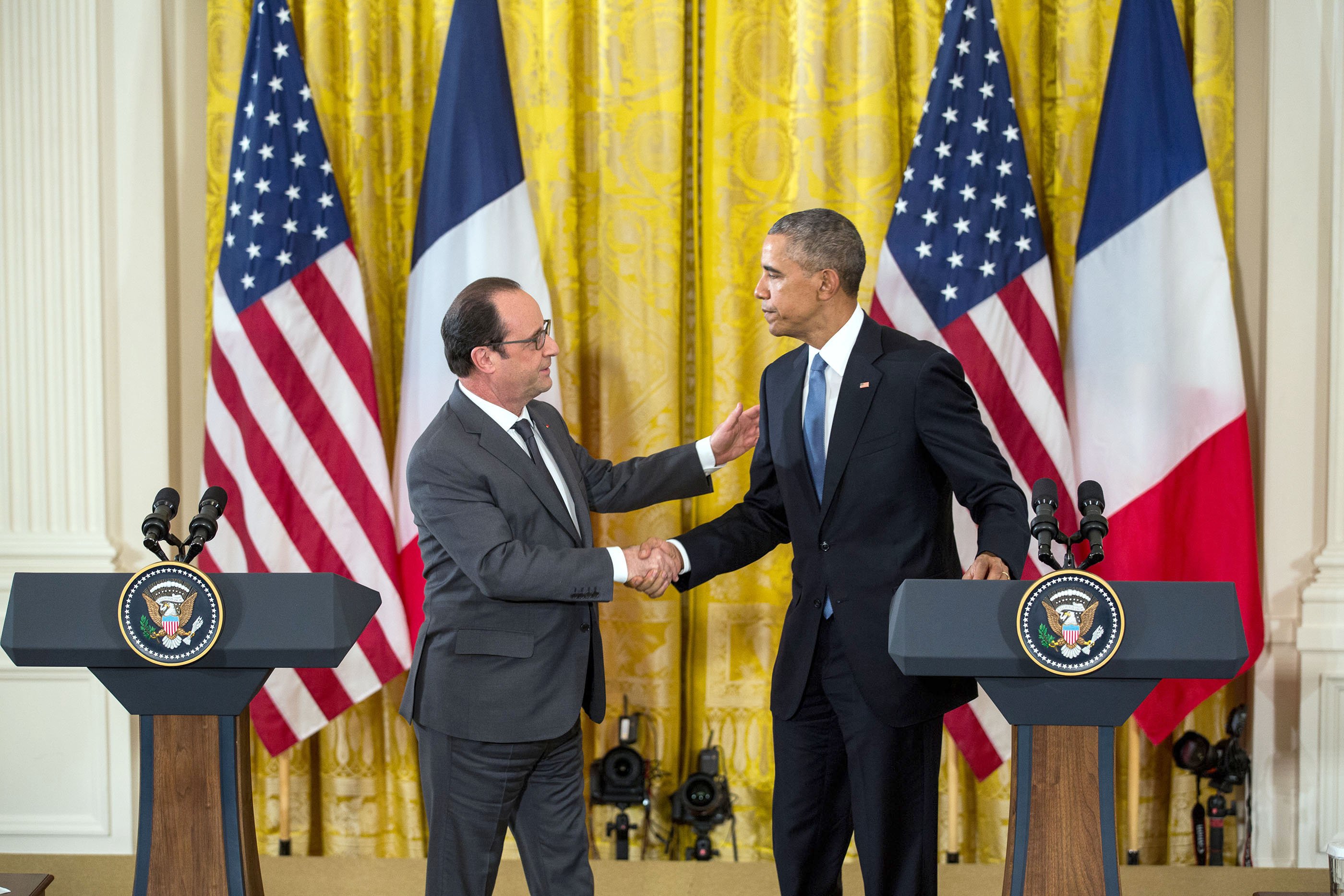At most large institutions, process can influence outcomes. In other words, how decisions are made often shape the actual substance of the decisions. At the United Nations this relationship between process and outcome is particularly close to the point where the former often dictates the latter. Tell me how the UN plans to make a decision (by consensus; through a panel of countries selected along the principle of ‘equitable geographic representation’; by the Security Council; or by Secretary General fiat, etc) and I can often tell you what that decision will be.
What makes the Paris climate talks so different from all other UN confabs is that two key questions of procedure have departed from the traditional UN format. In fact, they have been inverted. Given the complexity of climate politics and the urgency of the climate science, this was probably a necessity.
It looks like these innovations in process may pay off.
A Bottom Up Approach


The advent of the “INDC” has breathed new life into years of stagnant climate negotiations. These are the Intended Nationally Determined Contributions which makes up much of the meat and bones of the outcome of the Paris talks. The INDCs are specific domestic commitments to reduce emissions, sustainably develop economies, or preserve the natural environment that each country pledges to implement. The most politically significant of these INDCs were those made bi-laterally between the USA and China in which the China agreed to peak emissions by 2030 and the USA pledged to cut its own emissions by 26-28 percent by 2025. In all about 170 countries put plans on the table. Some are more ambitious than others, but nearly everyone has declared an INDC.
This is an inversion of how climate talks have typically proceeded. In the past, diplomats reached a shaky consensus on a common set of international standards to which countries were obliged to implement by ratifying a treaty. This top-down approach was how the Kyoto Protocols were decided and Kyoto largely failed because the US senate would never even consider ratifying it. The INDC process is bottom up. Countries commit to do what they have decided is politically feasible in their own national contexts to push the needle in the right direction on climate change.
To be sure, treaties are binding under international law. But they are only effective to the extent that they are implemented, and the Kyoto process demonstrated that the traditional process of international diplomacy cannot force meaningful action on climate change. Peer pressure, on the other hand is not law, but it’s a real force in international relations.
So far, the INCDs submitted guarantee that this meeting will be a qualified success. The INDCs submitted to not get the world to the 2 degree Celsius target, but they do represent the most meaningful international progress on climate change in a generation. The gamble that countries will bring to the table what they are willing to do on climate change, and that these commitments will be decently ambitious has paid off.
No Drama


A second key innovation of the Paris Climate Talks is relatively straightforward, but still somewhat revolutionary for a UN meeting like this: presidents, heads of state and prime ministers are coming at the start of the talks, as opposed to at the very end. In all, some 140 heads of state are in Paris today and tomorrow, even though the conference is scheduled to last until December 11.
This is highly unusual. Typically, complex and drawn out UN negotiations that produce a tangible outcome document — think the Sustainable Development Goals — use the visit of heads of state summit as a deadline by which a final draft needs to be completed. The idea is that senior negotiators need to have something for their presidents to sign by the time they arrive, so they will resolve differences by the 11th hour. The closer to that deadline, the more dramatic things get. But by and large, the forthcoming presence of everyone’s bosses is a powerful inducement to have that final outcome document ready for heads of state sign.
At the last big UN climate conference in Copenhagen, this did not go according to plan. A deal could not be reached, so heads of state negotiated directly with each other. That did not end well; once heads of state are negotiating with each other, positions tend to harden.
This time around all the big headline-making events are taking place at the very start of the talks. President Obama gave his speech today, as did most of the other 140 heads of state attending the conference. They will soon depart and leave diplomats to negotiate the details of the outcome document. This is all politically feasible because the outcome document that will be signed will be just that–details. The negotiations that commence are over technical issues like measuring, monitoring and implementation. The core substance of the climate talks — the INDCs — are not up for negotiation.
So, once again at the UN meeting process dictates outcome. But for the first time at the climate change conference, a radically different process is leading to an outcome that is far better than any previous climate confab.
